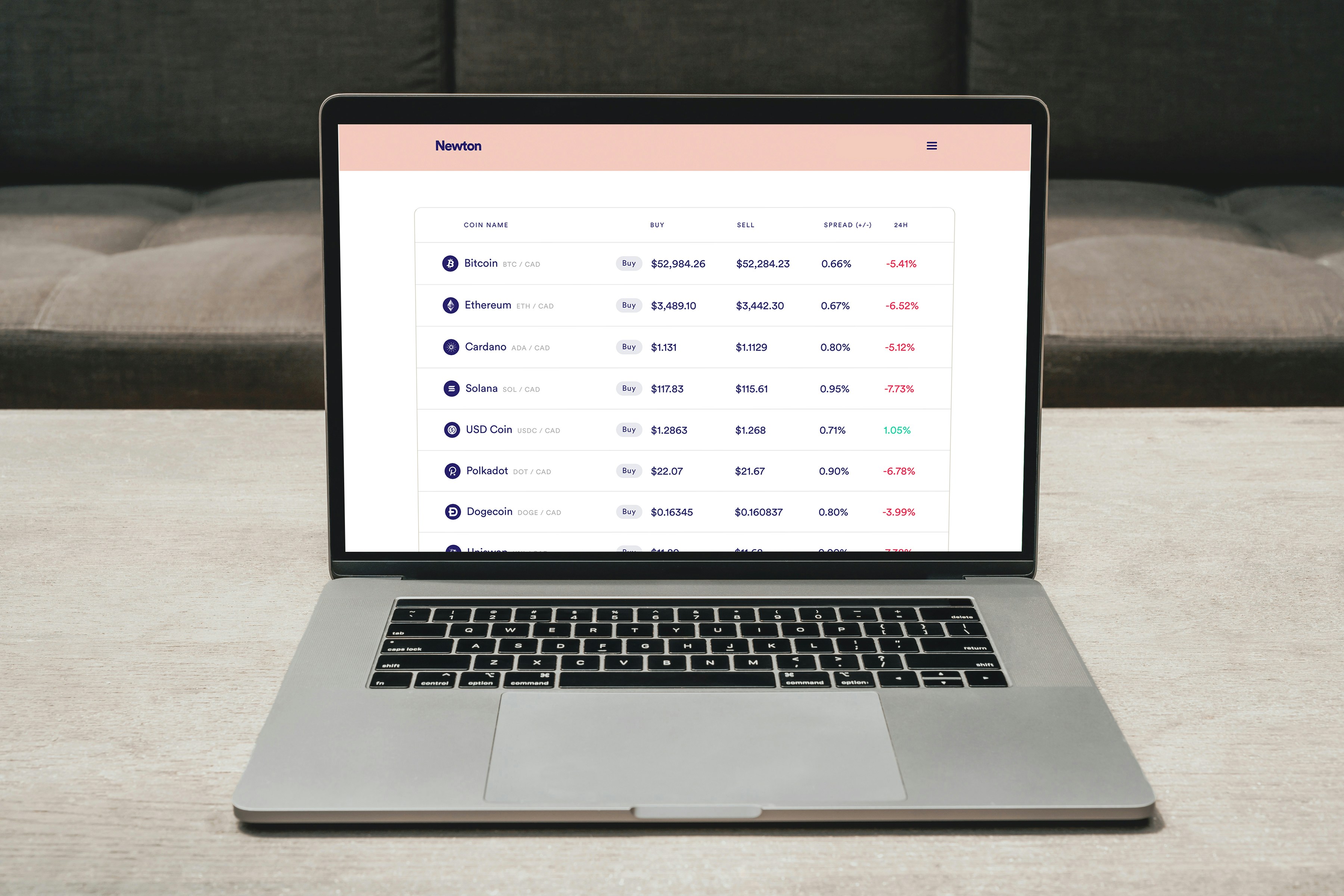Understanding Cryptocurrency Basics
Cryptocurrency represents a revolutionary form of digital or virtual currency that employs cryptography for security. Unlike traditional currencies, cryptocurrencies operate on decentralized networks based on blockchain technology, which serves as a public ledger recording all transactions across a network of computers. This decentralization adds layers of security, making it difficult for any single entity to control or alter the transaction data. The transparency inherent in this technology ensures that all participants have access to the same information, fostering trust and security among users.
At its inception, Bitcoin emerged as the first cryptocurrency, developed in 2009 by an anonymous entity known as Satoshi Nakamoto. Bitcoin introduced the concept of a decentralized currency free from government oversight and manipulation. Subsequently, numerous alternative cryptocurrencies, or altcoins, have emerged, each with unique features and purposes. Ethereum, for instance, extends the functionality of blockchain technology by enabling smart contracts, which automate execution based on pre-defined conditions. Other altcoins such as Ripple, Litecoin, and Cardano offer specialized features catering to various sectors within the financial ecosystem.
Understanding these fundamental differences is crucial for anyone engaging in purchasing or trading cryptocurrencies. It is essential to familiarize oneself with crypto terminology: terms like wallets, exchanges, and mining are commonplace in cryptocurrency discussions. A wallet refers to a digital interface that stores your coins and tokens, while an exchange functions as a platform for buying, selling, or trading cryptocurrencies. Mining, on the other hand, is the process through which transactions are verified and added to the blockchain, and new coins are generated.
Gaining knowledge of these basic concepts will provide a solid foundation for aspiring cryptocurrency investors and traders, enabling informed decision-making in this rapidly evolving financial landscape.
Choosing the Right Exchanges and Wallets

When venturing into the world of cryptocurrency, selecting the appropriate exchange is crucial for a successful trading experience. Cryptocurrency exchanges act as platforms where users can buy, sell, or trade digital assets. There are several criteria to consider when evaluating an exchange. Firstly, security features are paramount; users should seek exchanges that offer two-factor authentication, cold storage for assets, and a good history of securing funds against hacks. Reliable exchanges often have security audits conducted by reputable firms, which can provide additional assurance.
User experience also plays a significant role in choosing the right exchange. A well-designed platform that is easy to navigate will streamline your trading process. Look for exchanges that provide educational resources, a responsive customer support team, and intuitive interfaces. Transaction fees can vary widely between exchanges; therefore, users should compare fee structures to ensure they are receiving the best value. Some exchanges may charge flat fees, while others take a percentage of each transaction.
In addition to selecting an exchange, understanding wallets is essential for securely storing your digital currencies. A cryptocurrency wallet allows users to manage their public and private keys, enabling the storage and transaction of digital assets. There are two primary types of wallets: hot wallets and cold wallets. Hot wallets are connected to the internet and provide convenience for frequent transactions, while cold wallets, which are offline, offer enhanced security for long-term storage of cryptocurrencies.
Setting up a wallet involves generating a private key and a recovery phrase, which should be secured. Users must take extra precautions to ensure these details are kept confidential. Ultimately, the right combination of reliable exchanges and secure wallets will lay a solid foundation for your cryptocurrency trading endeavors.
Strategies for Buying and Trading Cryptocurrencies
When embarking on the journey of buying and trading cryptocurrencies, developing an effective strategy is crucial. Various strategies can be adopted, each offering distinct approaches resulting in different potential outcomes. A fundamental aspect of these strategies involves market analysis, which can be broadly categorized into two types: fundamental analysis and technical analysis. Understanding both is vital for making informed decisions in the fast-paced cryptocurrency environment.
Fundamental analysis focuses on evaluating a cryptocurrency’s underlying value by examining factors such as its technology, market demand, and overall use case. This type of analysis helps determine whether a cryptocurrency is overpriced or undervalued based on its potential for future growth and adoption. On the other hand, technical analysis involves studying price trends and patterns using various tools and indicators. Traders analyze historical price charts to identify potential entry and exit points, which can guide short-term trading decisions.
Different trading styles can also influence a trader’s approach. Day trading, for example, involves executing multiple trades within a single day to capitalize on intraday price fluctuations. While this approach can lead to quick profits, it also elevates risk levels due to the market’s volatility. Swing trading, in contrast, seeks to capture gains over a period of days or weeks, focusing on the anticipated price swings of a particular cryptocurrency. This strategy demands a good understanding of market trends but generally incurs less anxiety compared to day trading.
Finally, long-term investing involves buying and holding cryptocurrencies for an extended period, usually based on belief in their long-term value and potential. While this approach might yield lower immediate returns, it can result in significant benefits over time, particularly if the cryptocurrency ecosystem continues to expand. By understanding these various strategies, beginners can make informed choices aligned with their risk tolerance and financial goals.
Staying Safe and Avoiding Common Pitfalls
Navigating the cryptocurrency landscape can be both exciting and treacherous. As a burgeoning market, it presents not only diverse investment opportunities but also a plethora of risks that newcomers must diligently avoid. An essential step in ensuring a safe experience is to remain informed about potential scams, hacks, and financial traps that could jeopardize one’s investment.
One prevalent risk involves phishing attempts, which are designed to trick users into divulging sensitive information. Scammers might send emails or texts that appear to be from legitimate exchanges or wallets, urging you to click on malicious links. Always verify the authenticity of communications and avoid clicking on any links or downloading attachments from unknown sources. Furthermore, employing two-factor authentication (2FA) on all your accounts adds an additional layer of security. This requires not only your password but also another form of verification, such as a code sent to your mobile device, making unauthorized access significantly more difficult.
Another factor to consider is the importance of private information protection. Sharing personal details on social media or other public platforms can lead to unwanted attention from cybercriminals. It is prudent to limit the information shared online and to use pseudonyms or otherwise anonymize your digital presence when dealing with cryptocurrency transactions.
Additionally, fraudulent investment schemes and projects can lure unsuspecting investors into depositing funds. Always conduct thorough research before committing to any cryptocurrency investment. Utilize resources such as cryptocurrency forums, official websites, and community reviews to ensure that the projects you are investigating have a reputable standing.
By adopting these practices, cryptocurrency users can significantly reduce their risk exposure and make sound trading decisions. Vigilance and education remain key aspects in navigating this evolving financial landscape.


Leave a Reply